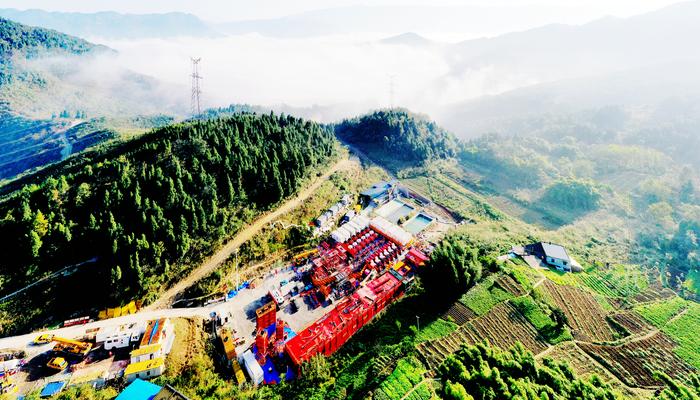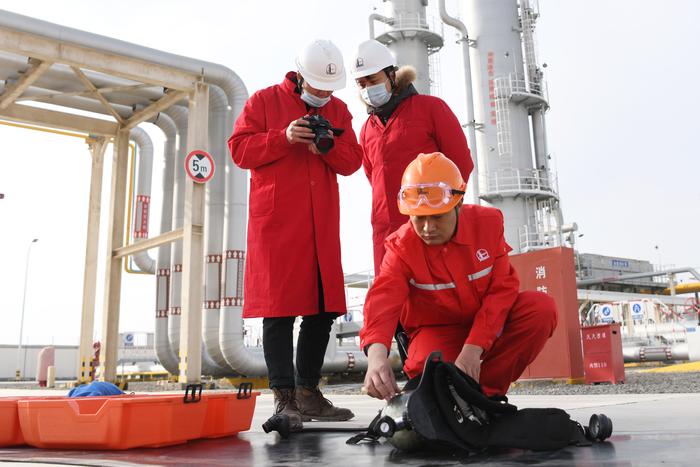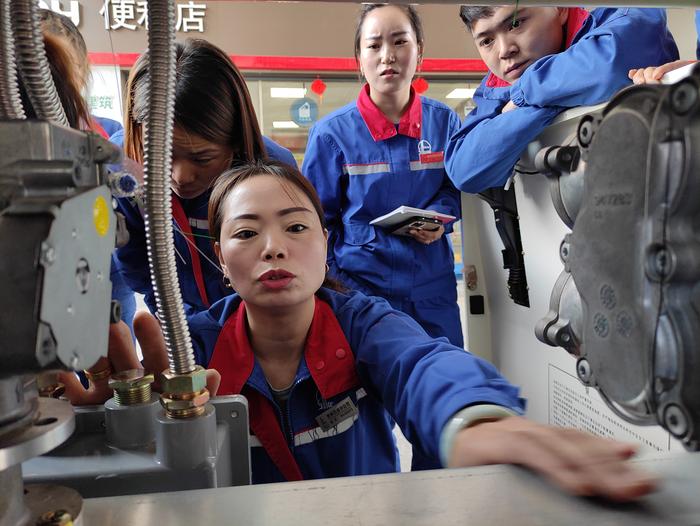|
| 2020-11-26 来源: 中国石化新闻网 |
| 石化新闻 |
中国石化新闻网讯 据油气新闻11月23日消息称,雷斯塔能源的一份报告显示,2021年,全球勘探生产公司(E&P)的投资预计将达到约3800亿美元,几乎与去年同期持平。预计2021年的投资中,约有20%(即760亿美元)可能面临推迟或减少的风险,其余的投资将被归类为较安全的中、低风险级别。 如果油价升至每桶65美元左右,到2023年,投资可能会反弹到危机前的5300亿美元水平-不过我们应该记住,在2014年的上一次市场危机之后,每年的勘探开发投资从未恢复到危机前约8800亿美元的水平,而是最终达到了5000亿至5500亿美元。 雷斯塔能源上游分析师Olga Savenkova说:“由于勘探生产公司也正在加快向低碳能源的转型,因此即便上游投资在未来几年有所回升,但从长期来看,它们也不会恢复到危机前的水平。 在总计3800亿美元的预计投资中,约60%(2340亿美元)可能来自生产资产,生产资产有两个主要支出渠道:设施和油井资本支出。 在设施资本支出中,大约38%用于设施维护。这被认为是低风险类别,因为运营商由于新冠疫情的限制和较低的油价而被迫在2020年推迟大部分计划维护计划。因此,维护工作将在2021年得到高度重视,以避免将来发生计划外的停机。 油井的资本支出由油井的盈亏平衡价格分摊,这可以清楚地看出,由于油价下跌,有多少项目可能面临推迟或取消的风险。总油井资本支出中约有23%(370亿美元)分配给了那些盈亏平衡价格高于每桶55美元的油井,这使得这些支出面临被推迟的高风险。盈亏平衡价格在每桶30美元至55美元之间的油井被视为中等风险,而盈亏平衡价格低于每桶30美元的井则处于低风险。 类似的逻辑也适用于已发现和未发现的未开发项目,但以项目的盈亏平衡价格作为参考点。其中10%的资本支出将用于正在开发的项目,30%的资本支出将用于已发现和未发现的项目,但由于经济疲软,我们发现这些项目可能面临推迟。 总而言之,该分析显示,预计2021年的资本支出中,约有20%或760亿美元可能面临推迟或减少的风险,而大约3000亿美元的资本支出被认为是中低风险。 曹海斌 摘译自 油气新闻 原文如下: Global E&P players may invest $380 billion in 2021, but about 20% is at risk Investments from global exploration and production companies (E&P) in 2021 are projected to reach around $380 billion, almost flat year-on-year, a Rystad Energy report shows. About 20% or $76 billion of the estimated 2021 investments could be at risk of deferral or reduction, with the remaining amount being categorized in the safer tiers of low and medium-range risk. Investments may rebound to the pre-crisis level of $530 billion by 2023 if oil prices rise to around $65 per barrel – though we should keep in mind that after the previous market crisis in 2014, annual E&P investments never recovered to the pre-crisis level of about $880 billion and instead settled at $500 billion to $550 billion. “As E&Ps are also speeding up a transition into low-carbon energy, it is possible that this time, too, upstream investments will not return to pre-crisis levels in the long-term, even if they do recover somewhat over the next few years,“ says Olga Savenkova, upstream analyst at Rystad Energy. Of the total $380 billion of projected investments, about 60% ($234 billion) is likely to come from producing assets, which have two main spending channels: facility and well capex. Within facility capex, about 38% is spent on facility maintenance. This is believed to be a low-risk category, as operators were forced to postpone most of their planned maintenance programs in 2020 due to coronavirus restrictions and lower oil prices. Maintenance work will therefore have high priority in 2021 to avoid unplanned outages in the future. Well capex is split by the wells’ breakeven price, which gives a clear idea of how much of it might be at risk of deferral or repeal due to lower oil prices. About 23% ($37 billion) of the total well capex is assigned to wells with a breakeven price higher than $55 per barrel, which puts this spending at high risk of deferral. Wells with breakeven price in the range of $30 to $55 per barrel are seen as medium risk, while those with a breakeven below $30 per barrel are low-risk drilling opportunities. A similar logic is applied for the under-development discovered and undiscovered projects, but with the projects’ breakeven price as a reference point. We see that 10% of the capex associated with projects under development and 30% of the capex for discoveries and undiscovered projects may face deferral due to weak economics. All in all, this analysis shows that about 20% or $76 billion of the estimated 2021 capex could be at risk of deferral or reduction, while roughly $300 billion is considered low or medium risk.? |








